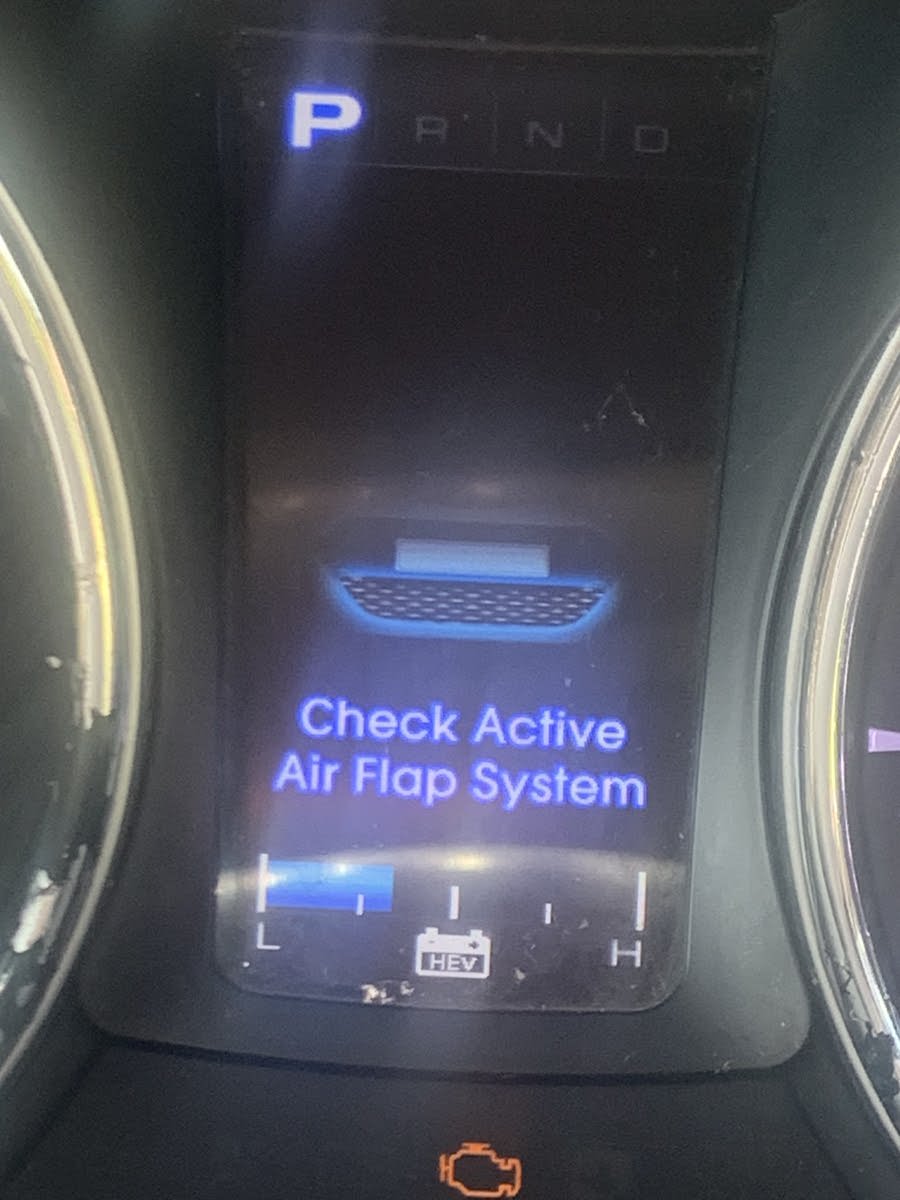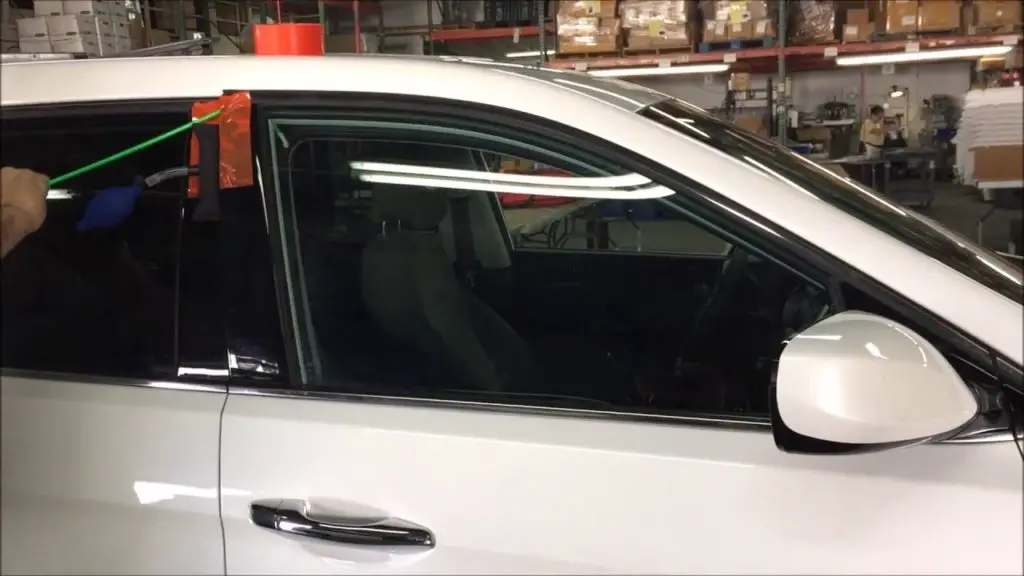To fix the Active Air Flap System, check for blockages and reset the system. Replace faulty components if necessary.
The Active Air Flap System improves vehicle aerodynamics and engine cooling. This system reduces drag and enhances fuel efficiency by managing airflow. Over time, it might encounter issues such as blockages or mechanical failures. Regular maintenance is crucial to ensure its optimal performance.
Identifying and addressing problems early can prevent more significant issues. This guide provides essential steps to troubleshoot and fix the Active Air Flap System. Understanding the system’s operation helps in diagnosing faults accurately. Follow these steps to maintain your vehicle’s efficiency and performance.
Introduction To Active Air Flap Systems
Active Air Flap Systems help cars stay cool. They open and close flaps to control air flow. This makes the car more fuel-efficient. The engine stays at the right temperature. These systems also reduce drag. Better fuel efficiency means you save money on gas.
Sometimes, the flaps get stuck. This can cause the engine to overheat. Strange noises might come from the car. The check engine light may turn on. You might notice a drop in fuel efficiency.
Flaps may not open at all. This can make the engine work harder. It’s important to fix these issues quickly. Your car will run better and last longer.
Safety Precautions Before Repair
Ensure the vehicle is off and the battery disconnected before starting repairs on the active air flap system. Wear protective gear and follow the manufacturer’s safety instructions to prevent accidents.
Disconnecting The Battery
Always disconnect the battery before starting any car repair. It prevents electric shocks. Locate the battery in your car. Use a wrench to loosen the negative terminal. Remove the negative cable first. Then, loosen the positive terminal. Remove the positive cable. Store the cables away from the battery.
Wearing Appropriate Gear
Always wear safety gear when fixing the air flap system. Use gloves to protect your hands. Wear goggles to protect your eyes. Use a mask to avoid inhaling dust. Proper gear keeps you safe during repairs.
Initial Diagnostic Steps
First, check for any visible damage on the air flap system. Look for any broken parts or debris that might be blocking it. Ensure all connections are secure and intact. Inspect the wiring for signs of wear or damage. Clean any dirt or debris around the air flaps. This helps in getting a clearer view. Rotate the air flaps manually to see if they move freely.
Connect an OBD-II scanner to the vehicle’s diagnostic port. Turn on the ignition but do not start the engine. Follow the scanner’s instructions to retrieve error codes. Make a note of any error codes related to the air flap system. Refer to the vehicle’s manual to interpret the error codes. Clear the codes after recording them to see if they return. This can help in identifying intermittent issues.

Credit: www.cargurus.com
Tools And Materials Needed
You need a screwdriver set. Make sure you have both flathead and Phillips types. You also need a socket wrench set. This will help you remove bolts easily. A multimeter is useful to check electrical connections. Don’t forget safety gloves to protect your hands. A repair manual for your vehicle is very helpful.
You might need a new air flap motor. Sometimes, the flap itself needs replacing. Wiring harnesses are also important. They connect the motor to the car’s system. Fuses can blow and may need replacing. Screws and bolts should be new if old ones are rusty.
Step-by-step Repair Guide
Locate your car’s air flap system. It is near the front grille. Make sure your car is off before starting. Use a screwdriver to remove the cover. Be careful not to damage any parts. Keep the screws in a safe place.
Identify the broken air flaps. Disconnect the wiring carefully. Use pliers if needed. Remove the faulty flaps gently. Check for any debris or damage. Clean the area with a soft cloth.
Place the new air flaps in the correct spot. Connect the wiring securely. Make sure everything fits well. Test the flaps by moving them manually. Reattach the cover using the screws. Double-check all connections before starting your car.

Credit: m.youtube.com
Testing The System Post-repair
Testing the system post-repair ensures the Active Air Flap System functions correctly. Verify all components work seamlessly to maintain optimal performance.
Reconnecting The Battery
First, reconnect the battery cables to the terminals. Ensure the cables are tight and secure. Check the connections for any signs of corrosion. Clean the terminals if needed. A clean connection ensures proper function. After reconnecting, turn the ignition on. Listen for unusual sounds from the air flap system. It should operate smoothly without any noise.
Running Diagnostic Tests
Use a diagnostic tool to scan for error codes. Plug the tool into the car’s OBD-II port. Follow the on-screen instructions. The tool will display any error codes found. Clear the codes if any are present. After clearing, run the diagnostic test again. Ensure no new error codes appear. This confirms the system is working correctly. Repeat the test if necessary.
Maintenance Tips To Prevent Future Issues
Regular cleaning is key for keeping the active air flap system working well. Dust and debris can block the flaps. This can cause them to malfunction. Use a soft cloth to wipe the flaps. Make sure to clean around the flap openings too. Check for any dirt that might be stuck. Doing this regularly will help avoid bigger problems.
Scheduled inspections are very important. They help find issues early. Inspect the flap system every few months. Look for any wear and tear. If you find damaged parts, replace them quickly. Keep a log of inspections. This will help you remember when the last check was done. Regular inspections keep the system in good shape.
Professional Help Vs. Diy
Call a mechanic if the air flap system seems complex. They have the right tools and knowledge. A mechanic can spot hidden issues. Fixing the system wrong can cause more damage. A mechanic saves you time and stress. They also offer warranties on their work. You get peace of mind with professional help. It’s safer to trust experts for major problems.
Professional services come with many perks. They offer expertise and experience. Mechanics use specialized tools. They follow industry standards. Professionals can quickly diagnose issues. They provide long-term solutions. You also get warranties on repairs. This means less worry for you. Professional help ensures your car runs smoothly. It can extend the life of your vehicle.
Cost Considerations And Budgeting
Repair costs for the active air flap system can vary. The average cost ranges from $200 to $600. Labor charges make up a big part of the cost. Parts can also be expensive. Getting quotes from different repair shops can help. Always ask for detailed estimates. Make sure there are no hidden charges.
You can save money by buying parts online. Some websites offer discounts. Another way to save is to do the work yourself. This requires some tools and knowledge. Watching tutorial videos can help. Asking a friend who knows about cars can also save money.

Credit: www.reddit.com
Frequently Asked Questions
What Is The Active Air Flap System Warning?
The active air flap system warning indicates a malfunction in the vehicle’s airflow management system. This system optimizes aerodynamics and engine cooling. Seek professional service to diagnose and fix the issue promptly.
What Is The Kia Active Air Flap System?
The Kia Active Air Flap System improves fuel efficiency and reduces emissions by optimizing aerodynamic performance. It automatically adjusts airflow based on driving conditions.
What Is The Active Air Flap System On A Hyundai Sonata?
The active air flap system on a Hyundai Sonata optimizes aerodynamics by automatically adjusting the front grille flaps. This enhances fuel efficiency and engine cooling.
What Is The Active Air Flap System On The Hyundai I40?
The active air flap system on the Hyundai i40 enhances aerodynamics. It adjusts the front grille flaps to optimize airflow, improving fuel efficiency and engine cooling.
Conclusion
Fixing the active air flap system can improve your vehicle’s performance and efficiency. Follow the steps carefully to ensure success. Regular maintenance can prevent future issues. Keep your vehicle running smoothly by addressing problems promptly. Stay informed and proactive to enjoy a reliable driving experience.

